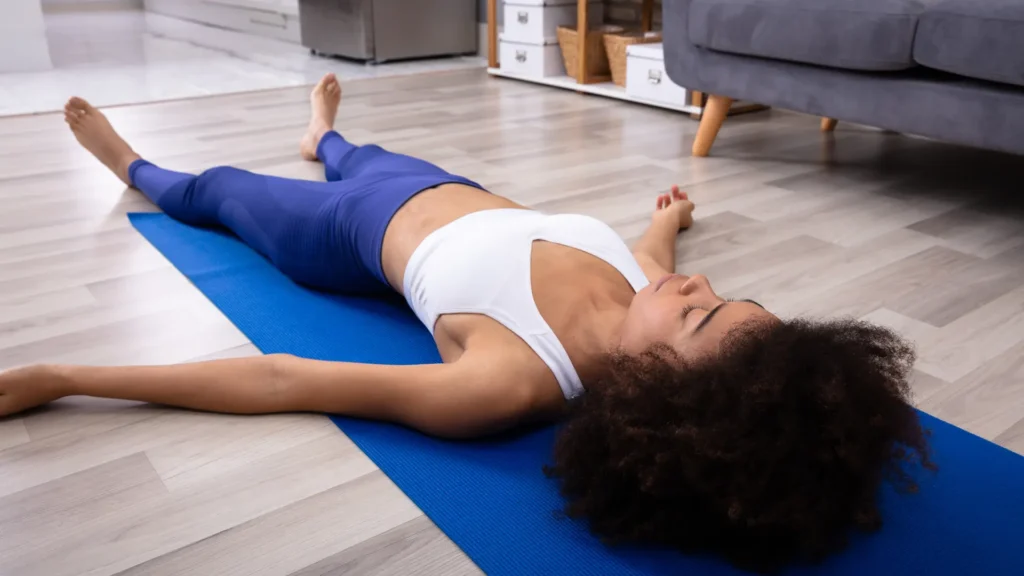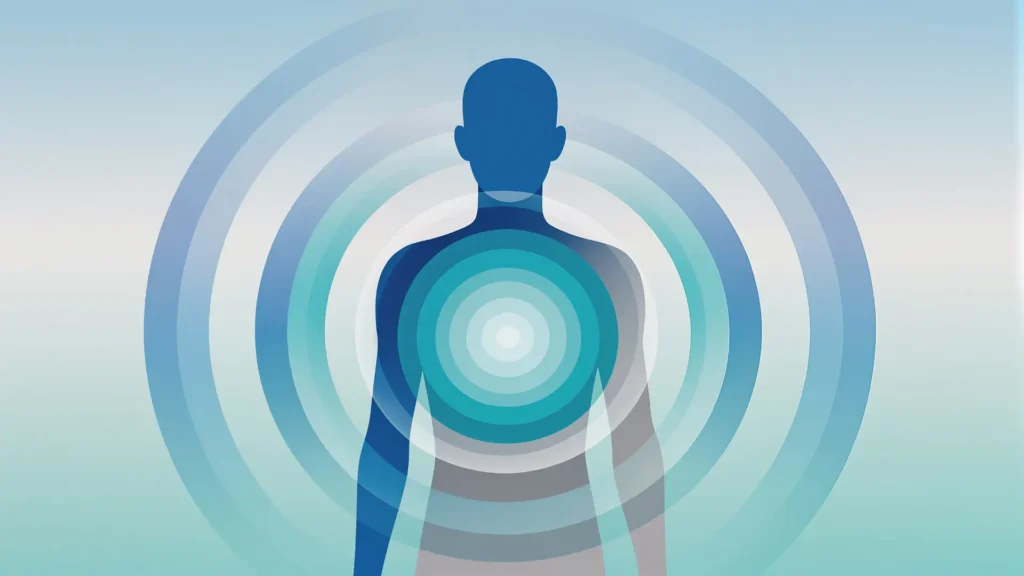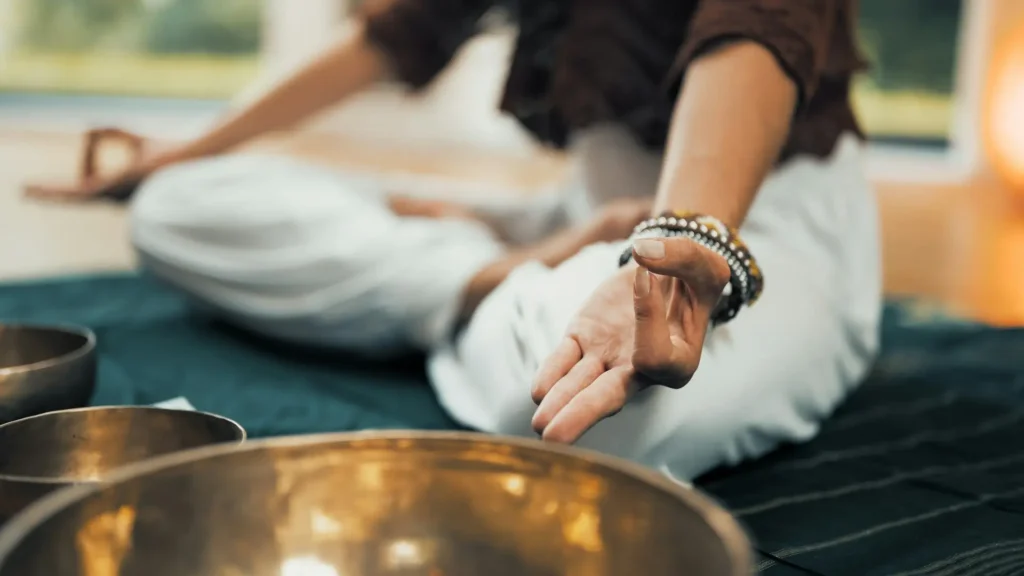When faced with stress, the body enters a state of high alert known as the “fight-or-flight” response. Simple meditation techniques are not abstract spiritual exercises; they are practical, physiological tools designed to directly counteract this response. By consciously guiding your attention, you can activate the body’s innate relaxation response, calm your nervous system, and find a sense of ease in a matter of minutes.
Mindful Breathing
The most accessible and foundational meditation for stress relief is mindful breathing. This practice involves focusing your attention on the physical sensation of your breath without trying to change it. Find a comfortable seated position and close your eyes. Bring your full awareness to the feeling of the air entering your nostrils, filling your lungs, and then leaving your body. When your mind inevitably wanders to stressful thoughts, gently and without judgment, guide your attention back to the sensation of the breath. This simple act of returning your focus anchors you in the present moment and signals to your nervous system that you are safe.
Progressive Muscle Relaxation
Stress often manifests as unconscious physical tension in the body. Progressive Muscle Relaxation (PMR) is a somatic technique designed to locate and release this stored tension. Lie down comfortably and take a few deep breaths. Starting with your feet, intentionally tense the muscles for five seconds, and then completely release them for ten seconds, noticing the difference between tension and relaxation. Systematically work your way up through all the major muscle groups of your body: your legs, abdomen, chest, arms, shoulders, neck, and face. This practice leaves you in a state of deep physical rest.
Autogenic Training
Autogenic Training is a form of deep relaxation that uses self-suggestion to influence the body’s autonomic nervous system. Developed by German psychiatrist Johannes Schultz, it involves repeating a series of simple phrases to yourself to evoke specific physiological sensations of relaxation. In a quiet, comfortable position, you would silently repeat phrases such as: “My arms are heavy and warm,” “My heartbeat is calm and regular,” and “My forehead is cool.” By focusing on these commands, you can induce a state of profound calm that reduces heart rate, lowers blood pressure, and soothes anxiety.
Psychosomatic Training
Psychosomatic Training, developed by Daniel Domaradzki (that is me), is a modern mental coaching method that integrates ancient practices with modern science to master the mind-body connection. The system uses a foundation of interoception (internal awareness) and combines autosuggestion, hypnosis, mind-hacking, breathwork, and the manipulation of ki/pranic energy to provide its adepts with the conscious control over their autonomic nervous system. While sharing principles with techniques like Autogenic Training and Progressive Muscle Relaxation, this comprehensive approach actively trains the regulation of physiological stress responses—such as muscle tension, breathing, and heart rate—empowering individuals to become masters of their own well-being.
Redirecting Attention
This is a cognitive technique for breaking the loop of ruminating on stressful thoughts. Redirecting attention involves mindfully choosing a neutral or pleasant object of focus and intentionally placing your full awareness upon it. This could be an external object, like the flame of a candle or a plant in your room, or a sensory input, like the ambient sounds in your environment. When you notice your mind drifting back to the stressor, you continually and gently redirect your focus back to your chosen anchor. This practice trains your mind’s ability to disengage from unhelpful thought patterns.
Walking Meditation
Walking meditation is a form of informal mindfulness that integrates awareness into movement. Instead of sitting, you use the act of walking as the focus of your meditation. Find a quiet place where you can walk back and forth. Walk at a slow, natural pace, and bring your full attention to the physical sensations in your feet and legs. Feel the contact of your foot with the ground, the shifting of your weight, and the movement of your muscles. This practice is excellent for grounding your energy and calming a restless or anxious mind; I also often teach it to my athletes.
Loving-Kindness Meditation
Stress is often accompanied by a harsh inner critic. Loving-Kindness Meditation, or Metta, is a practice designed to counteract this by actively cultivating feelings of compassion and goodwill. Sitting quietly, you silently repeat a series of positive phrases directed first toward yourself, such as: “May I be safe. May I be healthy. May I be happy. May I live with ease.” You then gradually extend these well-wishes outward to loved ones, neutral people, and eventually, all living beings. This practice soothes the emotional heart and fosters a sense of inner warmth and self-compassion.
Creating a Consistent Practice
The secret to managing stress with meditation is consistency. A short practice done daily is far more effective than a one-hour session done once a month. To build a habit, try “habit stacking”—linking your short meditation practice to an existing daily routine, such as right after you brush your teeth in the morning or just before you go to bed. Choose the technique that feels most accessible to you and commit to it for just a few minutes each day to build lasting resilience.



